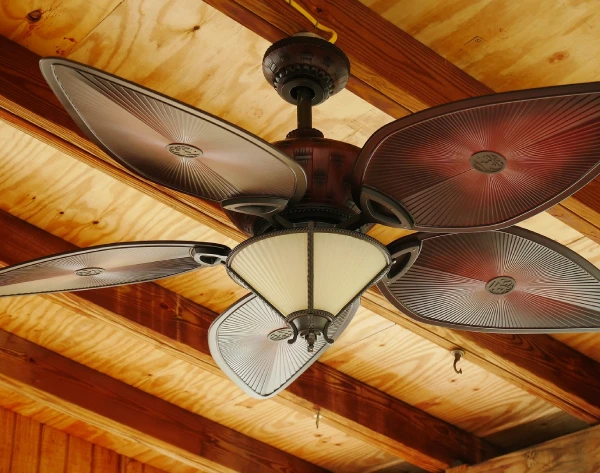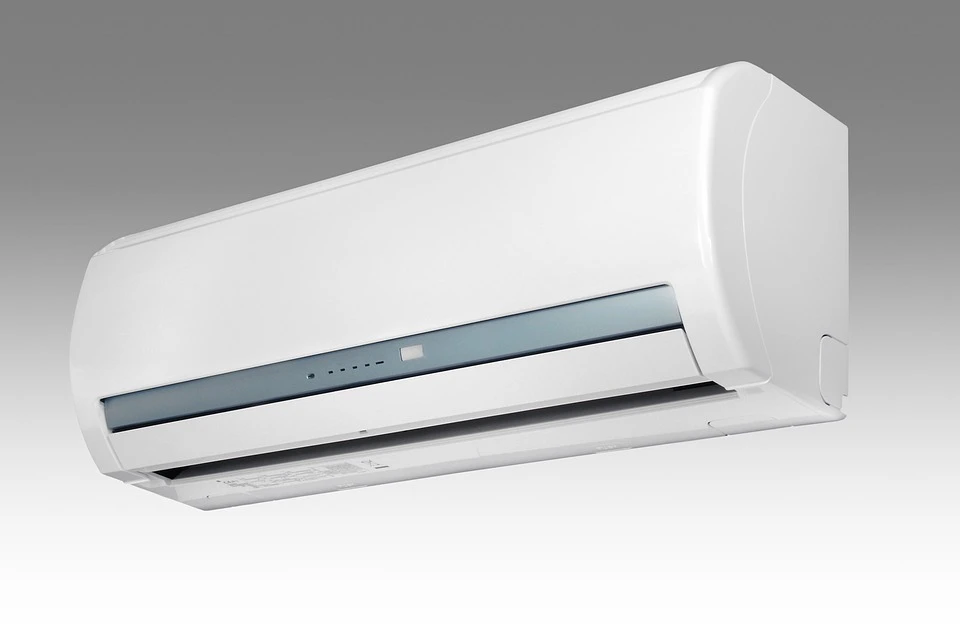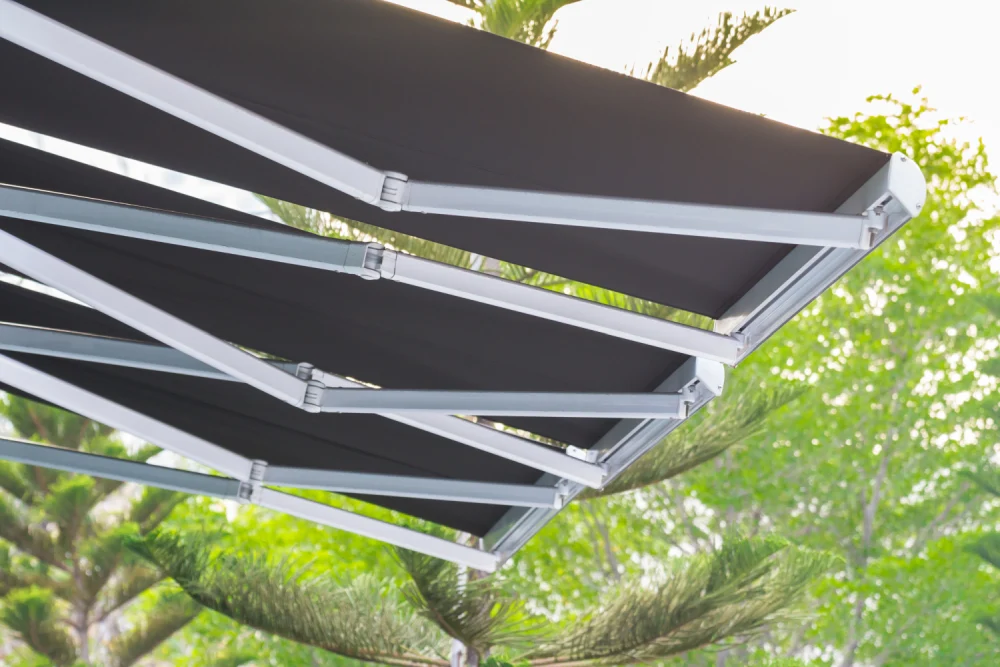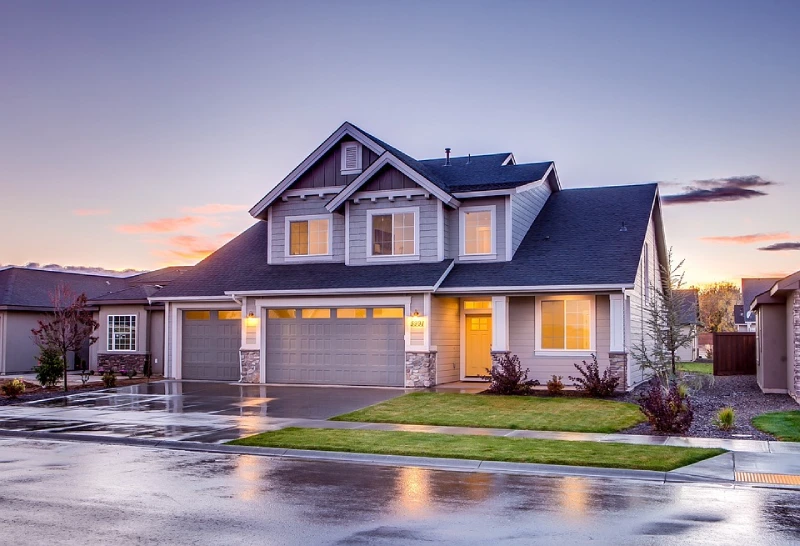If you’re a homeowner or a DIY enthusiast, you may have a garage that doesn’t have any windows. While this can be great for privacy and security, it can also pose challenges when it comes to keeping the garage cool during hot summer months. In this comprehensive guide, we’ll explore effective ways to cool a garage with no windows.
Seal and Insulate the Garage: Keep the Heat Out
Another important step in cooling a garage with no windows is to properly seal and insulate the space. Without windows, garages can be prone to air leaks, which can allow hot air to seep in and make the space uncomfortable.
Start by sealing any gaps or cracks in the walls, ceiling, and floor of the garage using caulk or weather-stripping. Pay close attention to areas around doors, windows (if applicable), and electrical outlets. This will help prevent warm air from entering the garage and keep the cool air inside.
Next, insulate the walls and ceiling of the garage to further improve its thermal performance. Insulation acts as a barrier that helps to prevent heat transfer, keeping the garage cooler in the summer and warmer in the winter. Insulation alone can help reduce temperatures from 5 to 20 degrees in your garage. There are various types of insulation available, including fiberglass batts, foam boards, and spray foam, so choose the one that best fits your budget and needs.
Create Airflow with Fans: Enhance the Cooling Effect
Creating airflow with fans can help enhance the cooling effect of your mini split air conditioner and improve overall comfort in the garage. Ceiling fans or wall-mounted fans can be installed to circulate the cool air throughout the space, making it feel more pleasant and reducing the reliance on the air conditioner alone.
Box fans or pedestal fans can also be used to create cross-ventilation by positioning them in opposite corners of the garage. This will help draw fresh outdoor air into the garage and push out hot air, improving ventilation and reducing the temperature inside.

Invest in a Mini Split Air Conditioner: Get Instant Relief

One of the most efficient and effective ways to cool a garage with no windows is to invest in a mini split air conditioner. Unlike traditional window units or portable air conditioners, mini split systems do not require any windows for installation, making them a perfect solution for windowless garages.
Mini split air conditioners consist of two main components: an indoor unit that is installed inside the garage, and an outdoor unit that is placed outside. These units are connected by refrigerant lines, allowing them to efficiently cool the indoor space without the need for any ductwork.
One of the key advantages of using a mini split air conditioner is its high level of energy efficiency. Mini split systems are designed to provide zoned cooling, allowing you to cool only the areas that are being used, which can result in significant energy savings compared to central air conditioning systems that cool the entire house, including unused spaces like attics or basements. This can help reduce your energy bills and lower your carbon footprint.
Working with a reliable HVAC company for the installation of your mini split air conditioner is highly recommended. A professional HVAC technician can ensure that the system is properly sized and installed for optimal performance. They can also provide regular maintenance and repairs to keep the system running efficiently and prolong its lifespan. Investing in a reputable HVAC company for your mini split air conditioner installation can save you money in the long run and ensure that you get the most out of your investment.
Limit Heat-Generating Activities: Reduce Heat Load
Another practical approach to cooling a garage with no windows is to limit heat-generating activities. Garages are often used for various purposes such as workshops, exercise rooms, or storage, which can generate heat from equipment, appliances, or lighting. By reducing the heat load in the garage, you can help maintain a cooler temperature.
For example, if you have a workshop in the garage, try to schedule heavy-duty tasks or the use of heat-generating tools during cooler times of the day, such as early morning or late evening. Consider using energy-efficient LED lighting instead of traditional incandescent bulbs, as LED lights produce less heat.
Additionally, avoid leaving appliances or equipment running for prolonged periods when not in use, as they can generate unnecessary heat. By being mindful of heat-generating activities in the garage, you can help reduce the overall heat load and create a more comfortable environment.
Consider Insulated Garage Doors: Improve Thermal Performance

Garage doors are another potential source of heat gain in a garage with no windows. Insulated garage doors can help improve the thermal performance of the garage and prevent heat from entering. Insulated garage doors are designed with multiple layers of insulation, which can help reduce the transfer of heat between the outside and inside of the garage.
When selecting an insulated garage door, look for one with a high R-value, which indicates its thermal resistance. The higher the R-value, the better the insulation performance of the door. Insulated garage doors not only help keep the garage cooler in the summer, but they can also provide additional benefits such as reducing noise from outside and improving energy efficiency.
Create Shade: Block Direct Sunlight
If your garage is exposed to direct sunlight, creating shade can be an effective way to block the heat from the sun. You can use outdoor shading devices such as shade sails, pergolas, or awnings to block the direct sunlight from hitting the walls or roof of the garage. This can significantly reduce the amount of heat that enters the garage and help keep it cooler.

Choose shading devices that are suitable for your garage’s location and orientation, and consider using light-colored or reflective materials for optimal heat reflection. Additionally, planting trees or installing tall shrubs near the garage can provide natural shading and help block the sun’s rays, further reducing the heat load in the garage.
Conclusion
Cooling a garage with no windows may seem challenging, but with the right strategies, it is possible to create a comfortable and enjoyable space even in hot weather. Investing in a mini split air conditioner, sealing and insulating the garage, creating airflow with fans, limiting heat-generating activities, considering insulated garage doors, and creating shade can all contribute to keeping the garage cool and comfortable. Working with a reliable HVAC company for the installation and maintenance of a mini split air conditioner is highly recommended to ensure optimal performance and efficiency. With these tips, you can beat the heat and enjoy a cooler garage all summer long.




